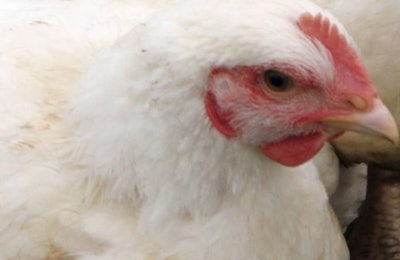
Highly pathogenic avian influenza (HPAI) continues to adversely impact the commercial poultry sectors of China, Taiwan and Bangladesh.
H7N9 virus infects poultry, people in China
Six new outbreaks of HPAI caused by the H7N9 virus variant in poultry have been reported by the agriculture ministry in Beijing to the World Organisation for Animal Health (OIE) over the past week. Between February 23 and April 28, the virus was detected in samples from four live poultry markets in Guangdong province, and three in Hunan. As a result of active surveillance, a backyard flock of 911 poultry in Hunan and 30,000 laying hens in Hebei province also tested positive for the virus.
These outbreaks pose a risk to the health of people who come into contact with infected poultry. Since the start of this month, the Chinese health authority has reported 46 new confirmed human cases of avian influenza A (H7N9) to the World Health Organization (WHO). Eleven of these cases are known to have died, and the great majority of patients are known to have had contact with poultry.
More outbreaks in Taiwan poultry
OIE has been informed by the veterinary authority in Taiwan of four outbreaks of HPAI caused by the H5N2 virus variant at farms between April 11 and May 1. In total, more than 41,000 chickens and ducks were lost to the disease through mortality or humane culling in the counties of Chiayi, Changhua, Pingtung, and Yunlin.
Following each outbreak, the authority reports that movement restrictions are imposed, the premises are cleaned and disinfected, and intensive surveillance is carried out for three months within a 3-km radius of each outbreak.
H5N1 returns to Bangladesh
There were two confirmed outbreaks of HPAI caused by the H5N1 virus in poultry in the Dhaka region, according to an official report received by the OIE in the last week. Affected were a backyard flock of 50 chickens and 52 pheasants, and a farm with 58 birds. All birds died or were destroyed.
Prior to these cases, there had been just one HPAI outbreak in the same region in January.

















